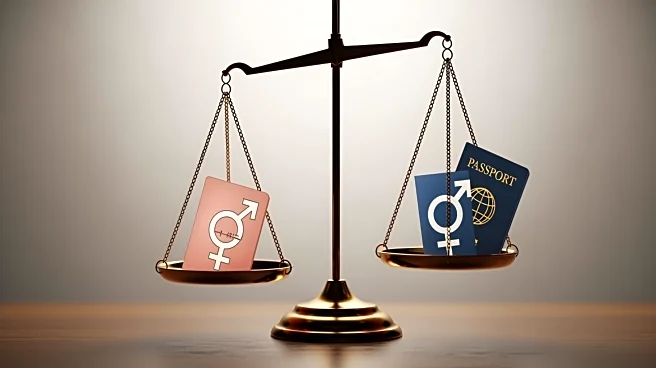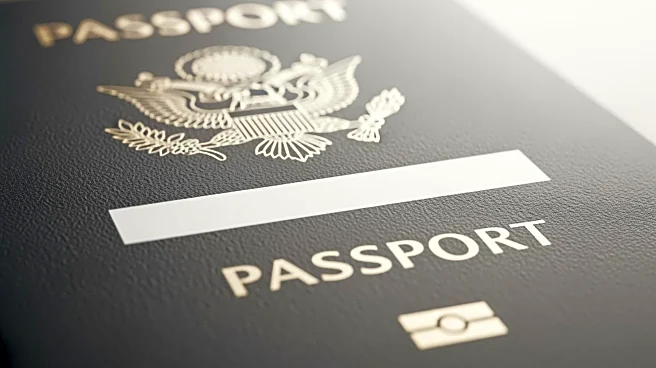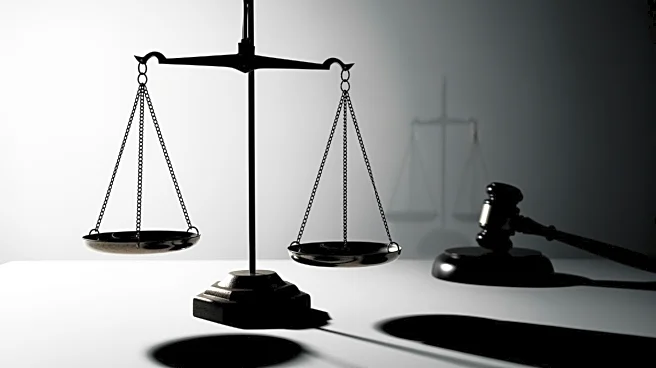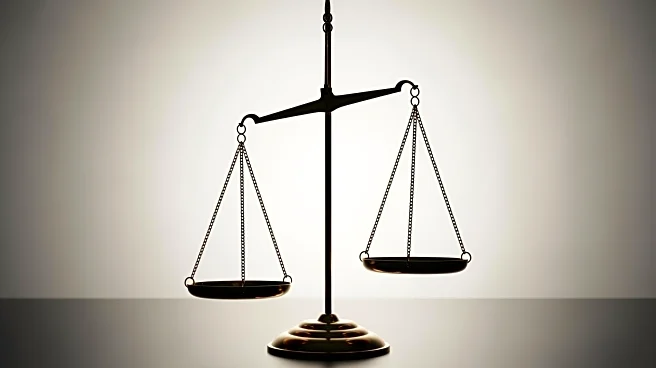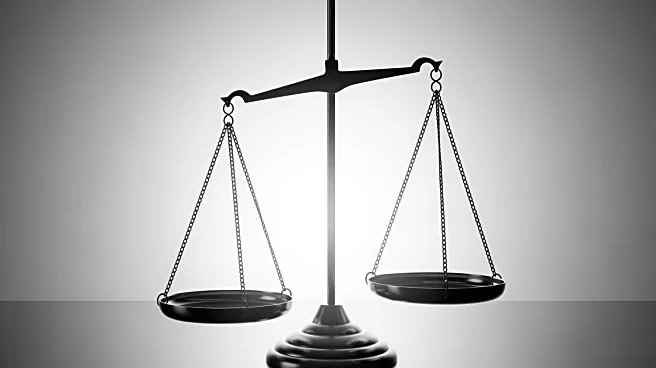What's Happening?
The Supreme Court has utilized its shadow docket to permit President Trump to enforce a policy requiring transgender individuals to use their deadnames on passports. This decision overturns 33 years of
established precedent, marking a significant shift in the treatment of transgender rights under federal policy. The shadow docket, a process allowing the court to make decisions without full briefing or oral arguments, has been increasingly used for controversial rulings. This particular decision has sparked debate over the court's approach to civil rights and its alignment with executive policies.
Why It's Important?
The Supreme Court's decision to allow the enforcement of deadname usage on passports for transgender individuals has profound implications for civil rights and the legal recognition of gender identity in the United States. This ruling could affect thousands of transgender Americans who seek to have their gender identity accurately reflected in official documents. It raises concerns about the erosion of established legal protections for transgender individuals and the potential for increased discrimination. The decision also highlights the growing use of the shadow docket for significant rulings, which some critics argue undermines transparency and accountability in the judicial process.
What's Next?
The decision may prompt legal challenges from civil rights groups and advocates for transgender rights, who could argue that the policy violates constitutional protections against discrimination. Additionally, there may be legislative efforts to counteract the ruling, as lawmakers who support transgender rights seek to establish clearer legal protections. The ruling could also influence public opinion and activism, potentially leading to increased advocacy for transgender rights and broader discussions about the role of the Supreme Court in shaping civil rights policy.
Beyond the Headlines
The use of the shadow docket for this decision reflects a broader trend in the Supreme Court's approach to handling controversial issues. This method allows the court to make swift decisions without the usual procedural rigor, raising questions about judicial transparency and the balance of power between the judiciary and the executive branch. The ruling also underscores the cultural and ethical dimensions of legal identity recognition, as it challenges societal norms and the legal framework surrounding gender identity.
